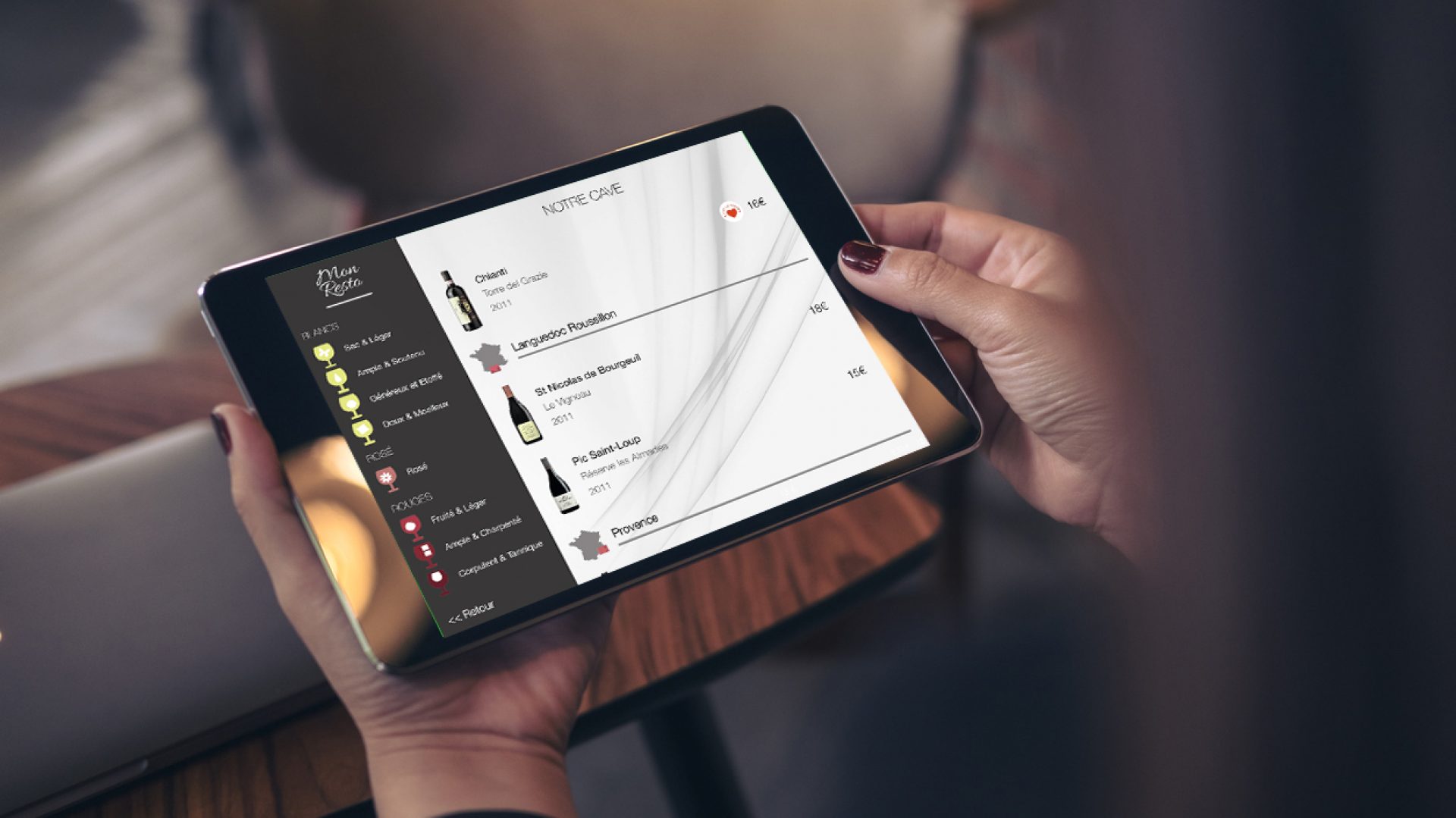The evolution of technology has ushered in a new era for the hospitality industry, transforming the way services are offered and enjoyed.
One such innovation, particularly within the context of cruise lines, is the introduction of wine lists on iPads. This digital leap is not just about keeping pace with technology but significantly enhancing the guest experience, offering a myriad of benefits for both the patrons and the cruise operators.
Elevating Guest Experience
The primary allure of cruising is the promise of an exceptional experience; integrating iPad wine lists into this setting elevates this promise to new heights.
Guests can effortlessly browse an extensive selection of wines, complete with detailed descriptions, tasting notes, and food pairing suggestions. This not only enriches the dining experience but also empowers guests with the knowledge to make informed choices that suit their palate and preferences.Interactive features like ratings, reviews, and personalized recommendations can further tailor the experience.
For those keen on learning, some applications such as COENA even offer wine history, vineyard origins, and the winemaking process, turning a simple dinner into an immersive educational journey.
Streamlining Operations
From an operational perspective, iPad wine lists offer unparalleled efficiency and flexibility.
Updates to the wine inventory, such as adding new selections or removing those no longer available, can be made in real-time, ensuring the list always reflects the current offerings. This reduces the likelihood of guest disappointment and enhances service quality.
Digital lists also offer significant cost savings over traditional paper menus, which require frequent reprinting. Furthermore, the ability to analyze guest preferences through data collected from these digital platforms can aid in better inventory management, ensuring that popular choices are always stocked and reducing waste from unsold stock.
Environmental Impact and Cost Efficiency
The move towards digital wine lists aligns with growing environmental concerns. By eliminating the need for paper menus, cruise lines can significantly reduce their paper consumption, contributing to their sustainability goals. Additionally, the cost savings from not having to print updated menus can be redirected towards enhancing other aspects of the guest experience.
Personalized Marketing Opportunities
iPad wine lists open new avenues for personalized marketing. Based on a guest’s browsing and ordering history, personalized wine recommendations can be made, enhancing the upselling of premium wines.
Promotional offers and wine events, such as tastings and pairings, can also be marketed directly through the platform, increasing engagement and revenue.
Enhancing Staff Efficiency
Staff can also benefit significantly from the introduction of iPad wine lists. With detailed information at their fingertips, they can offer better recommendations and answer guest queries more confidently. This not only improves service delivery but also enhances job satisfaction among staff by empowering them with knowledge and reducing the stress of memorizing extensive wine details.
Conclusion
Integrating wine lists into iPads on cruise ships is a testament to the industry’s commitment to innovation, sustainability, and superior guest satisfaction. This digital transformation not only enriches the dining experience through interactive and informative elements but also streamlines operations, reduces environmental impact, and opens new doors for personalized guest engagement. As cruise lines continue to navigate the waters of technological advancement, the adoption of iPad wine lists stands as a shining example of how embracing digital solutions can elevate the cruising experience to uncharted territories of excellence.


